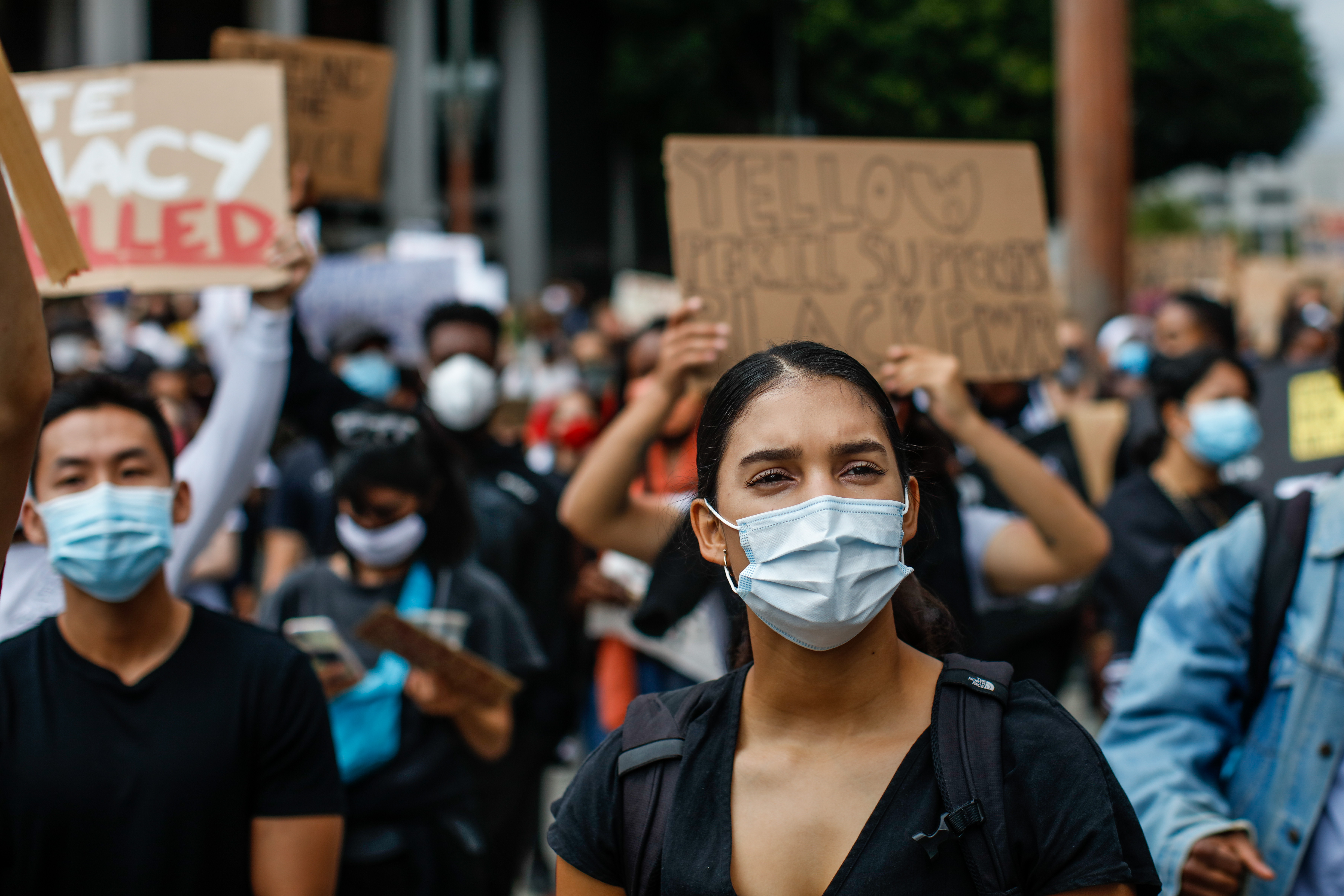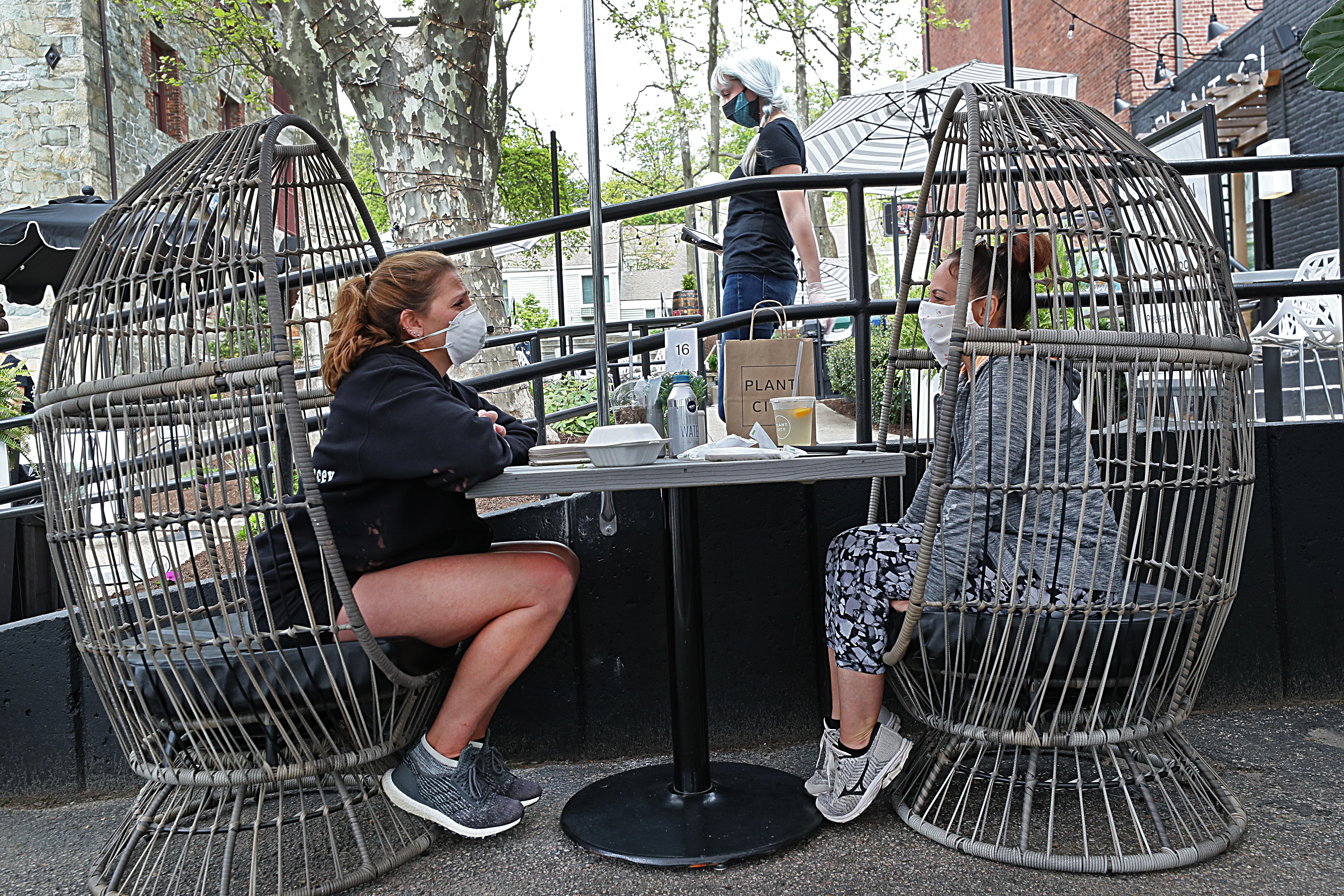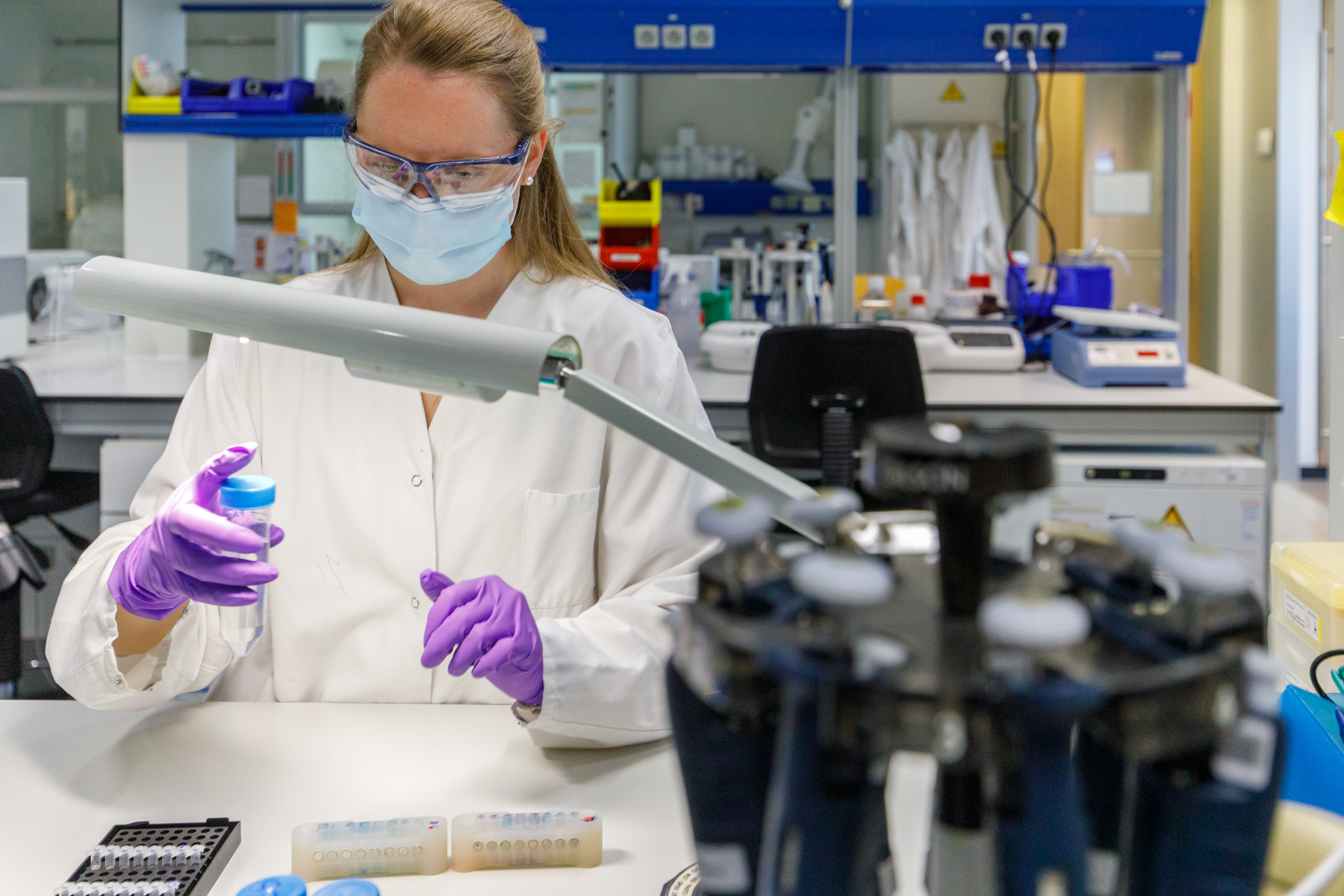
It’s been about four months since COVID-19 was officially deemed a pandemic, and despite the fact that people nationwide are rushing to get back outside, the virus hasn’t gone anywhere. While public concern over COVID seems to have shifted from full-blown terror to irresponsible boredom, the numbers keep climbing. Though CNN reports that 17 states across the country are reporting a decline in new cases — including New York, the springtime epicenter of the virus in America — 23 states are reporting a rise in cases.
As of Mid-June, according to data collected by Johns Hopkins University, 9 million people worldwide have been infected with the coronavirus, resulting in over 468,000 deaths. In America, over 2.5 million people have become infected with the virus, resulting in over 120,000 deaths nationwide. CNN reported last week that ten states saw a record number of coronavirus cases — with Alabama, Arizona, California, Nevada, North Carolina, Oklahoma, Oregon, South Carolina, and Texas all reporting their highest seven-day averages since the start of the pandemic. This week, states like Florida and Texas have continued to see a rise in cases.
Anyone hoping that the coronavirus would sort of just… disappear with the arrival of summer weather needs to accept that that isn’t going to happen. Even accounting for increased testing, the data doesn’t support a summer slowdown in much of the country. As states continue to ramp up their reopening processes, it’s important that we each take stock of everything we currently know about how this virus is transmitted. That way, if we do decide to venture outside, test the waters in a park or public space, or try a contact-less road trip, we’re doing our part not to further spread the virus in our communities. Keep in mind that while in all likelihood you’ll survive your brush with COVID-19 (assuming you don’t have any preexisting conditions), being a carrier puts vulnerable populations around you at risk.
This is a communal issue: we all have a responsibility to help keep people safe. Because, you know, we’re living in a society. So read up on everything currently known about COVID-19 transmission.
What Scientists Know
According to the CDC, COVID-19 is spread from an infected individual by way of respiratory droplets that are dispersed when talking, coughing, sneezing, and even breathing. When enough virus from an infected individual enters your respiratory system, the virus makes its way to the respiratory tract, where it binds to ACE-2 receptors, replicates, and causes infection. While surfaces can become contaminated, the Wall Street Journal reports that scientists have found that contraction of the virus by way of contaminated surfaces, or brief and fleeting encounters with infected individuals, is highly unlikely and that the major way a person contracts the virus is through extended periods of interaction in a poorly ventilated space.
That means that things like plexiglass barriers at the market, good ventilation systems, outdoor dining, and yes, wearing masks, actually are an effective way of preventing spread.
How Effective Are Face Masks?

We know N95 masks filter out over 95% of viral particles when worn correctly. So those definitely work. But what about that stylish new cloth face mask you’re rocking? Is that doing anything? While scientists can’t say how definitively effective a cloth mask is, several studies have shown that face mask requirements are keeping us safer. A lot of mask haters out there will quickly point out that face masks don’t protect a non-sick person from getting sick, but they can prevent a sick person from easily spreading the virus. Respiratory droplets can survive in the air and linger in aerosols, so the less respiratory droplets an infected person is spreading, the better, and since you can have the coronavirus and be completely asymptomatic, it’s just safer if everyone wears one.
A study published in The Proceedings Of the National Academy of Sciences found that mask policies in the epicenters of the Wuhan and New York City outbreaks may have prevented tens of thousands of infections. Researchers in the study noted a change in infection trends in both Italy and New York City once governments enforced mask-wearing. In New York City, mask-wearing policies resulted in a 3% per day decline in the city’s daily infection rate. The researchers concluded that “Face covering prevents both airborne transmission by blocking atomization and inhalation of virus-bearing aerosols and contact transmission by blocking viral shedding of droplets.”
Similarly, a review of over 170 observational studies published in The Lancet, found that face masks could result in a large reduction of risk of infection, especially when combined with physical distancing.
How Serious Is Asymptomatic Spread?
Pretty serious. While the World Health Organization seemed to suggest last week that asymptomatic spread was very rare, they’ve since reclarified their position and the hard truth is we just don’t know how much asymptomatic spread has driven the number of cases globally. What we do know is that whether you’re asymptomatic or not having the virus means you’re capable of spreading it.
WebMD points to a study conducted by The Scripps Research Institute that suggests that as many as 45% of people infected with COVID-19 show no symptoms. When you consider that respiratory droplets containing infectious viral loads can be spread by simply talking and breathing, and nearly half of all people infected with the virus have no symptoms, it’s seems at (at least on an intuitive level) likely for an asymptomatic person to spread the coronavirus without even knowing they have it.
Which is just another reason you should absolutely wear your mask.
Exposure Time Matters

Prolonged exposure to the virus is a major factor in the transmission of COVID-19. Speaking to the Wall Street Journal, John Brooks, the chief medical officer for the COVID-19 response team at the Center for Disease Control and Prevention defined prolonged exposure as 15 minutes or more of unprotected contact with someone less than six feet away.
“The longer you spend in that environment… the more virus you breathe in, the more it can build up and establish infection,” says Erin Bromage, a comparative immunologist, and professor of biology at the University of Massachusetts, Dartmouth, while speaking to CNN, “It’s always a balance of exposure and time. If you get a high level of exposure, it’s a short time (to infection, and if you get a) low level of exposure, it’s a longer time before that infection can establish.”
Poorly ventilated spaces in which people are in close proximity, sharing air, is a recipe for what is called a “superspreading” event, like what happened in a Washington church choir practice in March — where a single infected individual infected 87% of the attendees after a 2 1/2 hour practice. CNN also points to an incident at a restaurant in Guangzhou, China on January 24th, where a single infected person spread the virus to four people are their table, two people at a nearby table, and another three at another nearby table after an air conditioner in the restaurant recirculated the respiratory droplets to other patrons.
As you can imagine, these dangers pose a risk as we begin to reopen the economies of several states and allow in-person dining and church services to continue. It’s also the reason why we shouldn’t have gyms, concert venues, indoor conferences, or bars opened until we develop widespread testing, contact tracing, and systems to isolate those who have become infected or exposed.
Are Any Treatments Promising?
While it’s true that a majority of people who contract coronavirus will suffer little more than symptoms that match a fever, a new study published in Lancet Global Health found that 22% of the entire global population has at least one pre-existing health condition that would put them at risk for suffering severe symptoms from COVID-19 infection. If you’re one of those 22% percent with a pre-existing condition or even know someone who is, that’s a pretty scary fact. Hydroxychloroquine, a drug once touted by President Trump as a “miracle,” has been found to be ineffective by studies conducted by the Veterans Health Administration and the University of Minnesota, and the drug’s emergency use authorization has since been revoked by the FDA. However, Remdesivir, another promising early drug has been shown in a study by the New England Journal of Medicine to reduce deaths amongst several ill patients and reduce the time patients spend in the hospital.
Additionally, a recent clinical trial conducted by researchers at the University of Oxford found that a cheap commonly prescribed steroid, dexamethasone, can greatly reduce mortality among hospitalized patients on ventilators and oxygen support. But while some drugs have proven promising in the treatment of COVID-19, it’s important to remember that none of them are cure-alls.
What We Don’t Know

Unfortunately, the list of things we don’t know about the virus is pretty substantial. One of the major things we don’t know yet is just how much viral load it takes to cause an infection or whether that varies from person to person. We also have no idea whether people who have contracted the virus now have long term antibodies to provide immunity to future infection. That leaves prospects like a second wave doubly troubling.
But the biggest and most important thing we still don’t know is when we’ll have access to a viable vaccine. Market Watch reports that there are currently 13 vaccine candidates for COVID-19 in clinical trials, and while some studies show promise, the process for a vaccine to be developed safely can take years. Just this morning, Dr. Anthony Fauci, director of the National Institute of Allergy and Infectious Diseases, told Congress that he is “cautiously optimistic” for a vaccine by the end of 2020.
